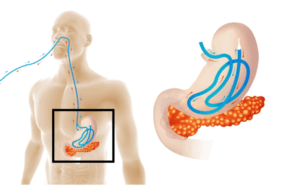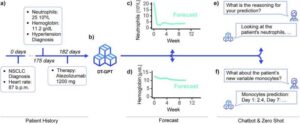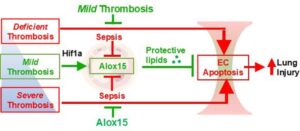MedTech News

Arctx Medical Receives FDA Marketing Authorization for its Arctx Cool Catheter™ Set for Body Temperature Regulation, Releases Initial Clinical Results in Acute Pancreatitis
RALEIGH, N.C., Nov. 17, 2025 /PRNewswire/ — Arctx Medical, Inc. (“Arctx,” “the Company”), a clinical-stage medical device company, announced today that it has achieved two additional significant milestones:

AI tool creates digital twins of patients to predict their future health
A new artificial intelligence tool that can create virtual representations of patients and predict individual health trajectories has been hailed a potential gamechanger for the clinical trial sector.

BD Onclarity™ HPV Assay for BD COR™ and BD Viper™ LT Systems Receive WHO Prequalification
FRANKLIN LAKES, N.J., Nov. 17, 2025 /PRNewswire/ — BD (Becton, Dickinson and Company) (NYSE: BDX), a leading global medical technology company, today announced that the Conformité Européenne (CE) Marked BD Onclarity™ HPV Assay for the BD COR™ System and the BD Viper™ LT System have been accepted for the World Health Organization (WHO) list of prequalified in vitro diagnostic products, further expanding access to high-quality cervical cancer screening tools in low- and middle-income countries.

Reaching the unreachable: Endoscopy technique opens route to deep lung tumors
Researchers at the University of Osaka have engineered a novel technique, balloon-assisted bronchoscope delivery (BDBD), to guide endoscopes to small, early-stage lung cancers hidden deep within the periphery of the lungs.

New potential gene-based treatment for sepsis and lung injury
A new discovery from the lab of YouYang Zhao, Ph.D., from Stanley Manne Children’s Research Institute at Ann & Robert H. Lurie Children’s Hospital of Chicago, opens promising new directions for treatment of life-threatening lung injury caused by sepsis.

Novel imaging approach may improve treatment for spinal cord injuries
Northwestern Medicine investigators have developed a new imaging approach to more accurately assess blood flow in the spinal cord, a method that could be used to better inform treatment for neurological diseases and injuries, as described in a recent study published in Scientific Reports.

Supercomputer simulation is changing how we study the brain
Harnessing the muscle of one of the world’s fastest supercomputers, researchers have built one of the largest and most detailed biophysically realistic brain simulations of an animal ever.

Healing the heart after a heart attack with a biodegradable patch
A new patch developed by Texas A&M University researcher Dr. Ke Huang may offer a way to help the heart heal after a heart attack. The patch uses a unique microneedle system to deliver a therapeutic molecule directly to damaged heart tissue, promoting repair and improving heart function without affecting the rest of the body.
